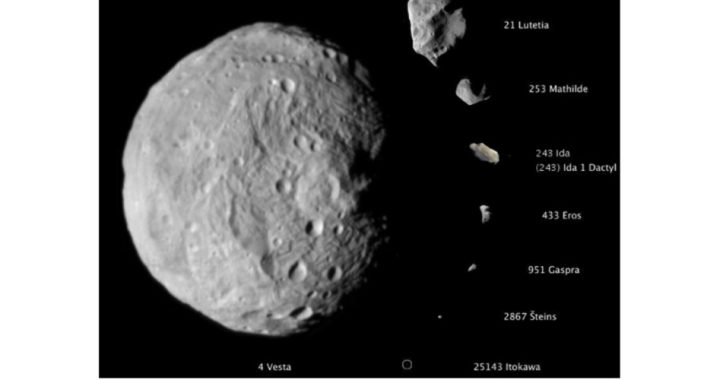
No, this is not a drill. A huge asteroid is heading for our planet, and with a diameter of one kilometer, a strike by it could wipe out human life. Don’t cancel any plans, give contemporary doomsayers a pat on the back, or descend into ’roid rage just yet, though. Despite a speed of nine miles per second, or 38,000 mph, the object’s arrival isn’t expected till 2880 — March 16, to be precise.
When that time does come, however, there will be cause for concern (assuming man is still traipsing about our blue orb). The asteroid — identified as “1950 DA” — has a 1 in 300 chance of striking Earth. That’s far greater than the odds of being murdered in Chicago (1 in 6,250) or dying in a car crash (1 in 5,000).
But there is good news other than the fact that, along with our national debt, 1950 DA is posterity’s problem. Scientists believe that the more than 800 years till its arrival give us ample time to avert disaster. Unlike in the film Armageddon, however, this wouldn’t be achieved by blowing the asteroid up. University of Tennessee researchers claim this would just increase the devastation by creating multiple impacts. Instead, writes The Independent’s Lizzie Dearden, “small changes could be made to its surface to disrupt the forces keeping it together and cause it to break up in outer space.” Dearden doesn’t explain how this would have a different effect from that of blowing 1950 DA up, but, presumably, it would cause a disintegration that would reduce the asteroid to harmless-size pieces, to ones with a trajectory that would take them away from Earth, or both.
Aside from its troubling trajectory, the space rock has another unusual characteristic. Writes Dearden, “The University of Tennessee researchers said 1950 DA is rotating so quickly it ‘defies gravity’ and is held together by cohesive forces, called van der Waals, never before detected on an asteroid.… Previous research has shown that asteroids are loose piles of rubble held together by gravity and friction but by calculating 1950 DA’s thermal inertia and bulk density, the team detected the action of cohesive forces that stop it breaking up.” In fact, scientists say that the asteroid is spinning so rapidly that it would disintegrate if gravity were the only force acting on it. Moreover, this rapid rotation actually causes “negative gravity,” which means that if you attempted to stand on 1950 DA’s surface, you’d be cast into deep space.
What aren’t unusual are asteroid strikes themselves. For instance, it is widely believed that a devastating impact 66 million years ago wiped out virtually all the dinosaurs and approximately 70 percent of all other species on our planet, though some scientists now say the culprit was a comet. Just last year a 10-ton meteor (essentially a particle from an asteroid or comet) approximately 10 feet in diameter exploded in the lower atmosphere near the Russian city of Chelyabinsk, shattering more than one million square feet of glass and injuring 1,200; ironically, later the very same day an even larger object — 55 yards across — missed the Earth by only 17,000 miles, a hair’s breadth by cosmic standards. And then there was the now legendary 1908 Tunguska impact, in which a 120-foot asteroid exploded above Siberia, destroying 800 square miles of forest and creating a shockwave detected even in England.
In fact, asteroid strikes have occurred millions of times during Earth’s history, with most causing little or no damage. More devastating impacts are rarer, with 1 km (0.62 mile)-diameter objects striking the Earth every 500,000 years on average and 5 km (3 mile)-diameter asteroids hitting once every 20 million years. And the reality is that our planet finds itself in a sea of asteroids. As The Week’s Chris Gayomali reports, “Near-Earth objects (NEOs, for short) are objects that orbit the sun nearer than 1.3 times the Earth’s orbital distance. In 2012 alone, roughly 8,800 NEOs have been logged,” and there are “580,000 known asteroids throughout our solar system.”
The bright side is that NASA “keeps close tabs on these potential H-bombs,” writes Gayomali. As for 1950 DA, we will likely thwart its designs on us even if Bruce Willis isn’t around. Nonetheless, this writer intends to have his affairs in order by then.
Photo of the comparative sizes of eight asteroids: NASA



